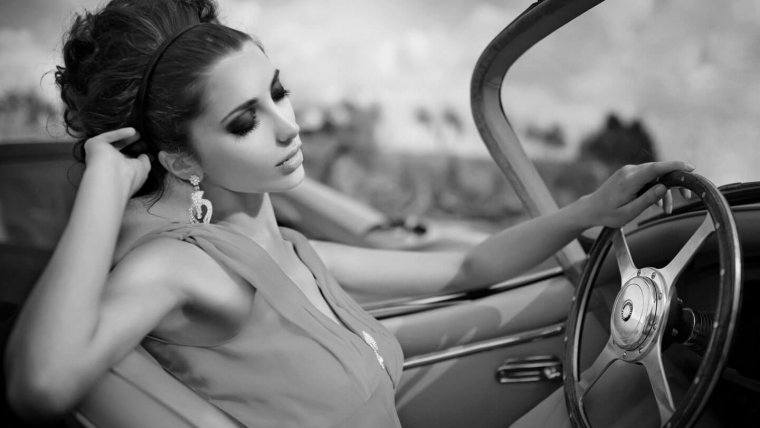
1) Tell us about yourself, where are you from? How, when and why did you get into photography?
I was born in Montana, but have lived all over the world. I have spent most of the last 15 years living and working in Greece, Italy, and Argentina, but right now I’m in Palm Beach, Florida. Will I stay? For now, maybe.
I got into photography when my father put a camera into my hands when I was little after I showed interest in what he was doing. We would talk about what makes a great shot and the mechanics of how to do it. We would also go out on shooting expeditions. I mostly shot with a Minolta XD 11 and a Rokkor-X 50mm/1.2 lens. We would develop black and white photos in the basement and it was the best education you could get.
2) How much time do you spend on photography on average?
The better question is how much time do I spend NOT on photography. The truth is that a large part of every waking day is usually spent on some aspect of photography. And when I’m not spending time directly on it, I’m usually thinking about it.
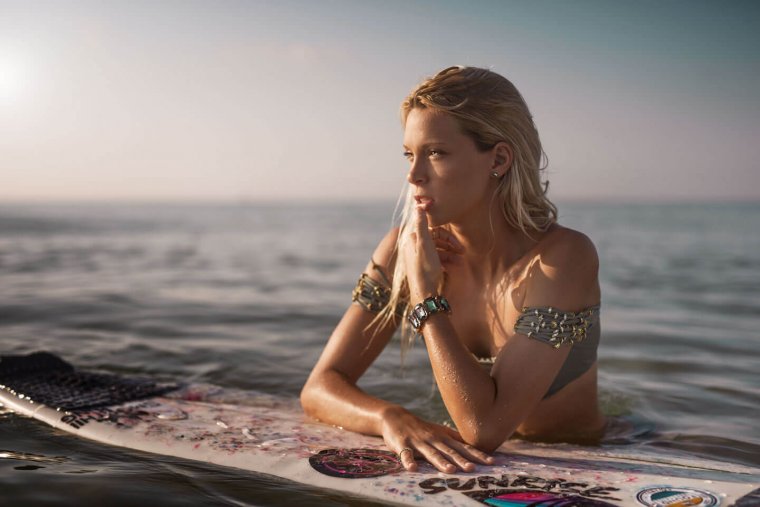
3) Which gear do you mainly use or what is typically in your camera bag?
I am very picky about my gear. I am currently shooting with a couple of D810s. For the type of shooting, I do the D850 is not an upgrade, though the D810 was definitely a step up from the D800 (which I still have and use). The image quality of the three is essentially identical. I suppose if I were shooting events I would be more interested in the D850, but I don’t. I switched from Canon when the D800 came out and took quite a financial bath, but it was worth it. The robustness of the D800 files in the post was a revelation, and the dynamic range just made switching a necessity. As far as lenses go, I have many, and all are top-quality glass from the Nikon 14-24/2.8 to the Nikon 200/2.0. Nonetheless, I would say about 90% of my shots are taken with the Sigma 50mm/1.4 Art. It is an astoundingly good lens and the perfect focal length for most fashion work. The Sigma Art 85/1.4 is objectively even better, but to frame most fashion shots you have to be at such a distance that you lose communication with the model, especially in an outdoor situation. The Siggy 50 Art really is the perfect lens and I could get rid of everything else and still be able to get along just fine.
In outdoor shots, I often use a couple of Phottix Indra 500 TTL heads with an assistant or two wandering around with them on monopods.
Of course the Sony A7RIII is not without its issues, but I have been aggravated by this focus point issue since 2012, and have been screaming about it to anyone who will listen ever since that time. It is and has been my #1 gripe about the D8xx line. Nikon has kept making more/better/faster focus points, but they keep cramming them into the same area. I’ll take half as many spread out wider and taller any day, and the Sony focus points cover most of the frame. It’s kind of a dream come true.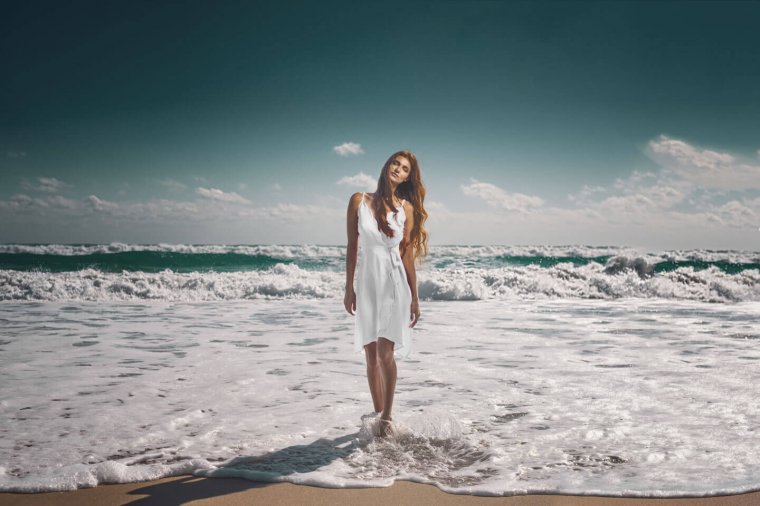
4) How do you prepare for an image? Is there any preparation at all?
When I prepare for a shoot, I usually have at least one “money shot” that I have in mind that I prepare for pretty extensively, and I keep a very large inspiration folder from some of my favorite photographers. I also usually have an “experimental” shot in mind where I want to try something new that I know may or may not come out. Other than that, I keep my eyes open and always survey the location looking for opportunities. It’s important to work with your surroundings as much as possible and be smart about it.
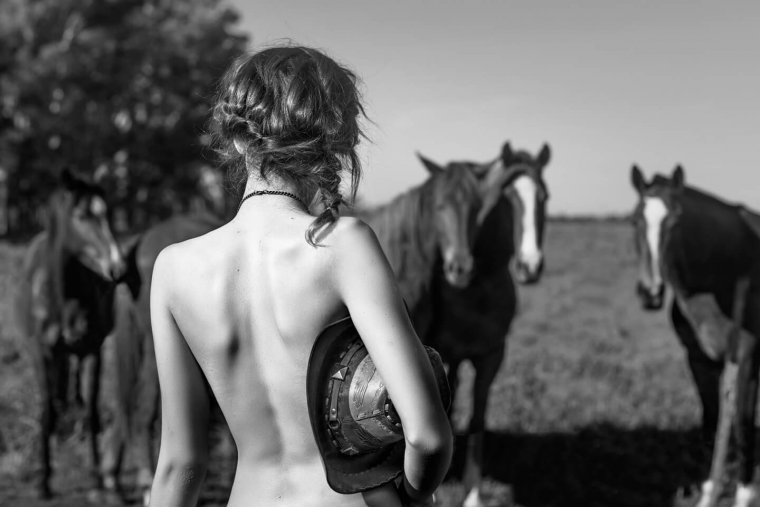
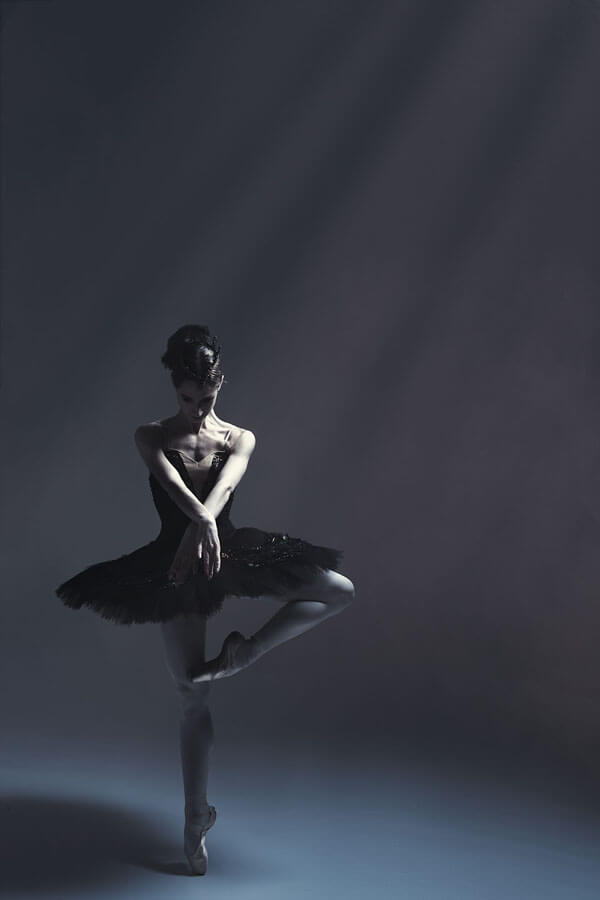
Indeed, I often shoot “wrong” in order to get what I will believe give me the most latitude in post. Often my photos right out of the camera look pretty lousy, but there’s a method to my madness and I will over/under expose in camera in order to get to the final image that I have in mind. Hopefully, in a few years, our sensors will have 30 stops of dynamic range and all of this will be irrelevant. Photography requires a marriage of technical know-how and creative verve, but the more I can focus on the creative and less on the technical, the better. Remember, an image is everything. I suppose a lot of people will call me a bad photographer because of this view, but that’s okay by me.I use Lightroom and Photoshop exclusively with no presets and no skin retouching software. Lightroom I use pretty exclusively for just organizing photos and extremely basic initial editing like minor adjustments to exposure. I think I spend about 10 seconds on a photo in Lightroom and all of the heavy liftings is done in Photoshop. I typically spend between an hour to sometimes up to 12 hours on a single image working on every aspect of every corner of the image, and I can have up to 150 layers on a single image. Quality is more important than quantity. One great image is worth 100 decent ones. Most of my photographer friends are appalled, but I really enjoy it. Editing isn’t something to get over with; rather, it’s just as much a creative process as taking the image itself—perhaps more. It’s fun!

7) What’s the favorite photo you took and why?
Oh, this is an impossible question to answer and often depends on my mood. Some photos I like for personal or sentimental reasons, some photos I like because I overcame some kind of obstacle in order to get the shot, some photos I like because I had fun on a particular day, and others I like for their pure aesthetic appeal. It would be impossible to pick just one.
8) Do you have general advice and tips for other photographers who want to take similar photos as you?
I think that one of the biggest compliments that you can receive as a photographer is “I saw a photo and immediately knew that you shot it” and I’m lucky enough to hear this quite a bit. I try to focus on clean, minimalist compositions shot fairly wide-open. I shoot between ƒ1.4 and ƒ2.2 a lot and rarely go beyond ƒ5.6 unless I really want to include some details in the background. I use focus to draw the eye where I want it to go.
I think if you really like a photographer, any photographer, you need to study his or her photos critically, and not just admire them. By critically I mean, you need to look at the photo and ask yourself “how did they do that?” How was this lit? Where is the light coming from? What is the color palette? If you just say to yourself “I don’t know, I like it because I like it” you’re doing it wrong. You need to really examine the photo and ask yourself first, why do you like it, and second, how did the photographer get there?
A great learning exercise is trying to duplicate a shot that you like. So many young photographers worry about “copying” as some sort of plagiarism, but honestly, unless you’re some sort of prodigy, you’re not going to succeed in getting even 90% there. Most photographers who are admired have been doing this for a long time, and you wouldn’t expect a young basketball player to do it like the pros without a lot of hard work and learning. As I like to say, the difference between an expert and a novice is that a novice looks at a problem and sees a million possible choices in front of them, whereas an expert sees few choices. This does not mean doing everything the same way repeatedly; rather, it means knowing that there are good and bad ways to achieve your goal, whatever that may be. The key, then, is to practice with an eye towards everything being a learning experience.
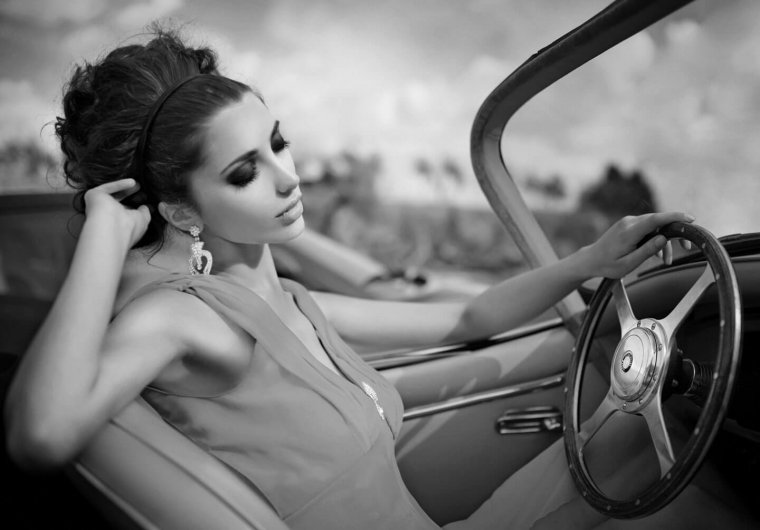
10) What was your biggest accomplishment?
I did a photo shoot for a luxury brand whiskey with an important duke in Scotland at his castle. It was an amazing experience. The funniest part is that the duke gave me his keys to the castle in order to come and go with scouting locations and dealing with gear. I forgot to return the keys, so there’s that.
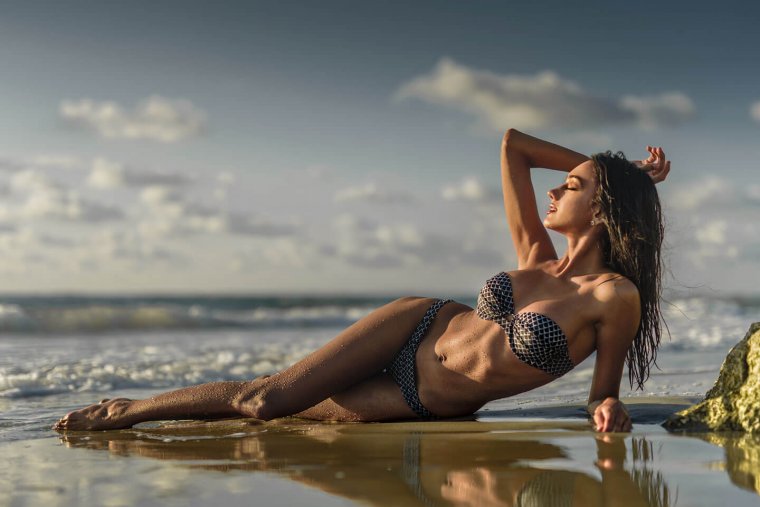
11) What do you know now that you wish you knew when you started?
That the most important aspect of actually working in photography isn’t how good you are, but who you know.
12) What are your future photography goals?
The cover of Vogue, of course.
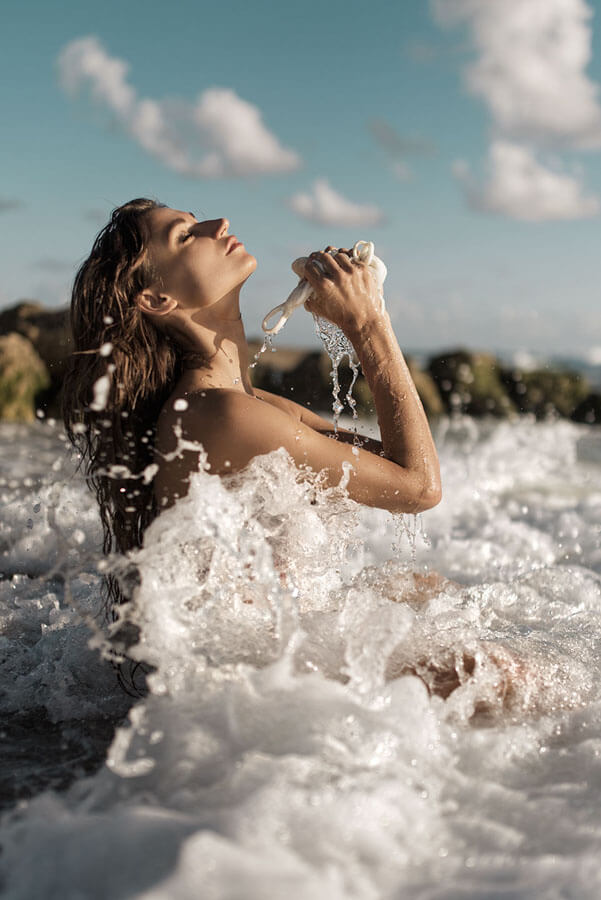
13) Is there anything else you want to say?
Haven’t I said enough? I’ve gone on and on.
14) Where can we find your images?
Comments (0)
There are no comments yet.